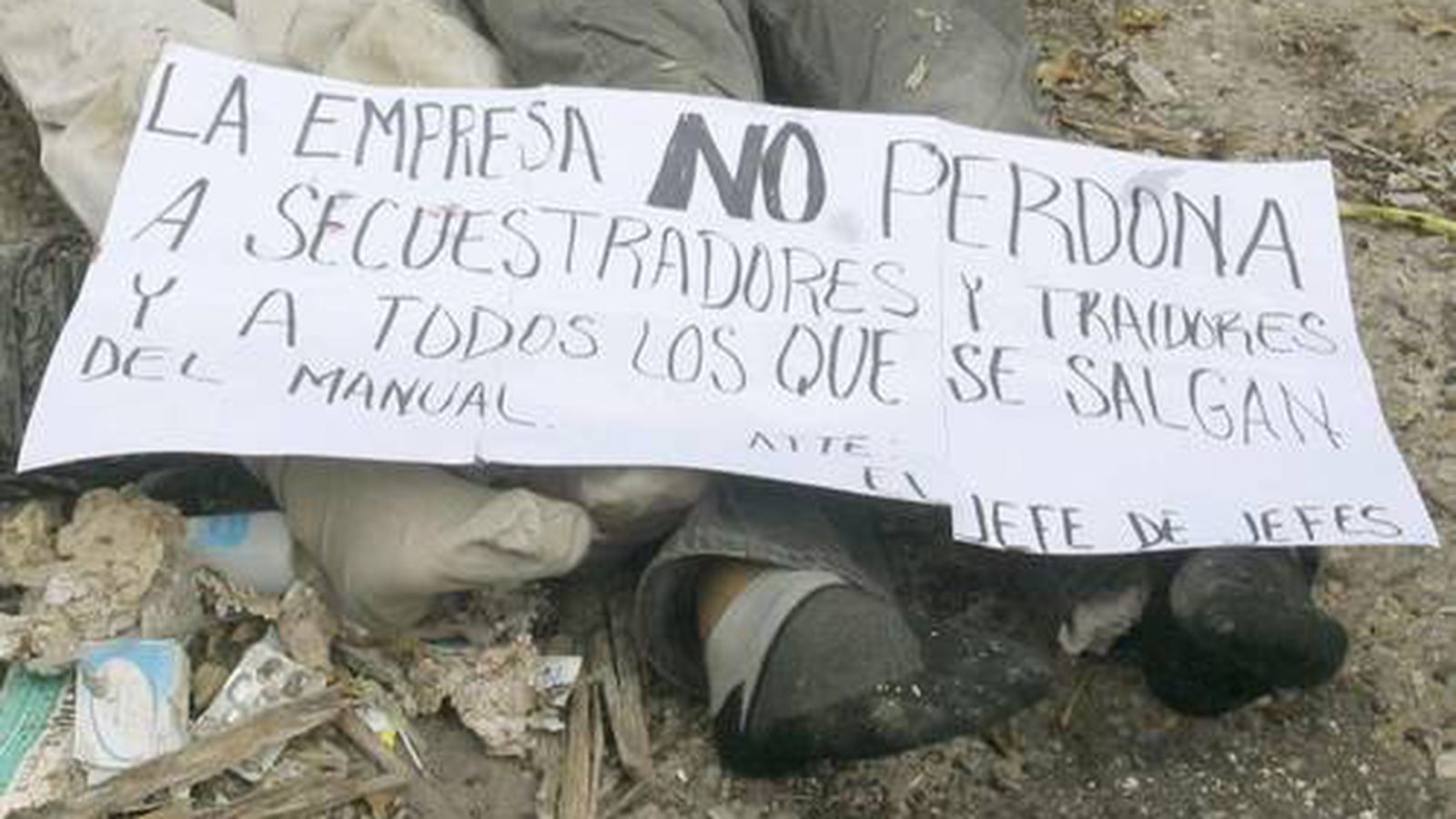5
On December 16th, 2009, Arturo Beltrán Leyva, leader of one of the largest and most violent illegal drug enterprises in Mexico, was killed in a shootout. An ambush, really. Orchestrated by the Mexican federal government and based on intelligence from the US, it took place in a suburb about an hour’s drive south of Mexico City, as part of a coordinated assault on the upscale apartment building where Beltrán Leyva was staying. At least 200 Mexican marines were involved, along with navy helicopters and two army tanks.
But while press conference-fueled reports emerged on international newswires — not unlike those that emerged when Joaquín "El Chapo" Guzmán Loera was arrested in February — Beltrán Leyva’s death also received a different sort of treatment on Facebook and Twitter. In a forthcoming article in the journal Latin American Perspectives, Carnegie Mellon University historian and anthropologist Paul Eiss describes a photo of Beltrán Leyva’s cadaver that circulated on social media. That photo — and its placement on Facebook and Twitter and elsewhere on the web — represents not only how social media has expanded in Mexico, Eiss says, but how that expansion has transformed the spread of information in a decades-old drug war.
